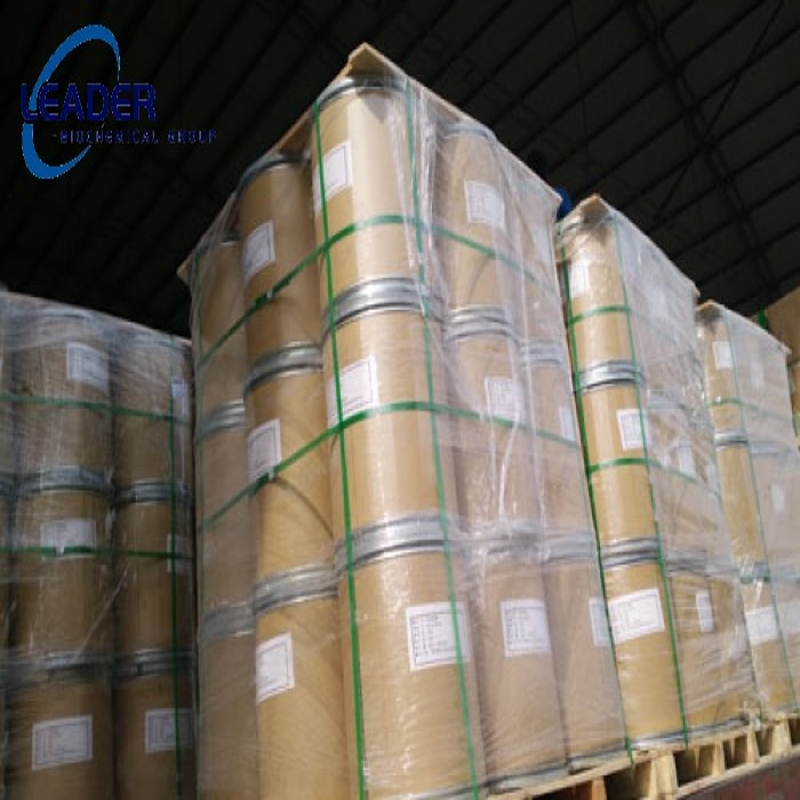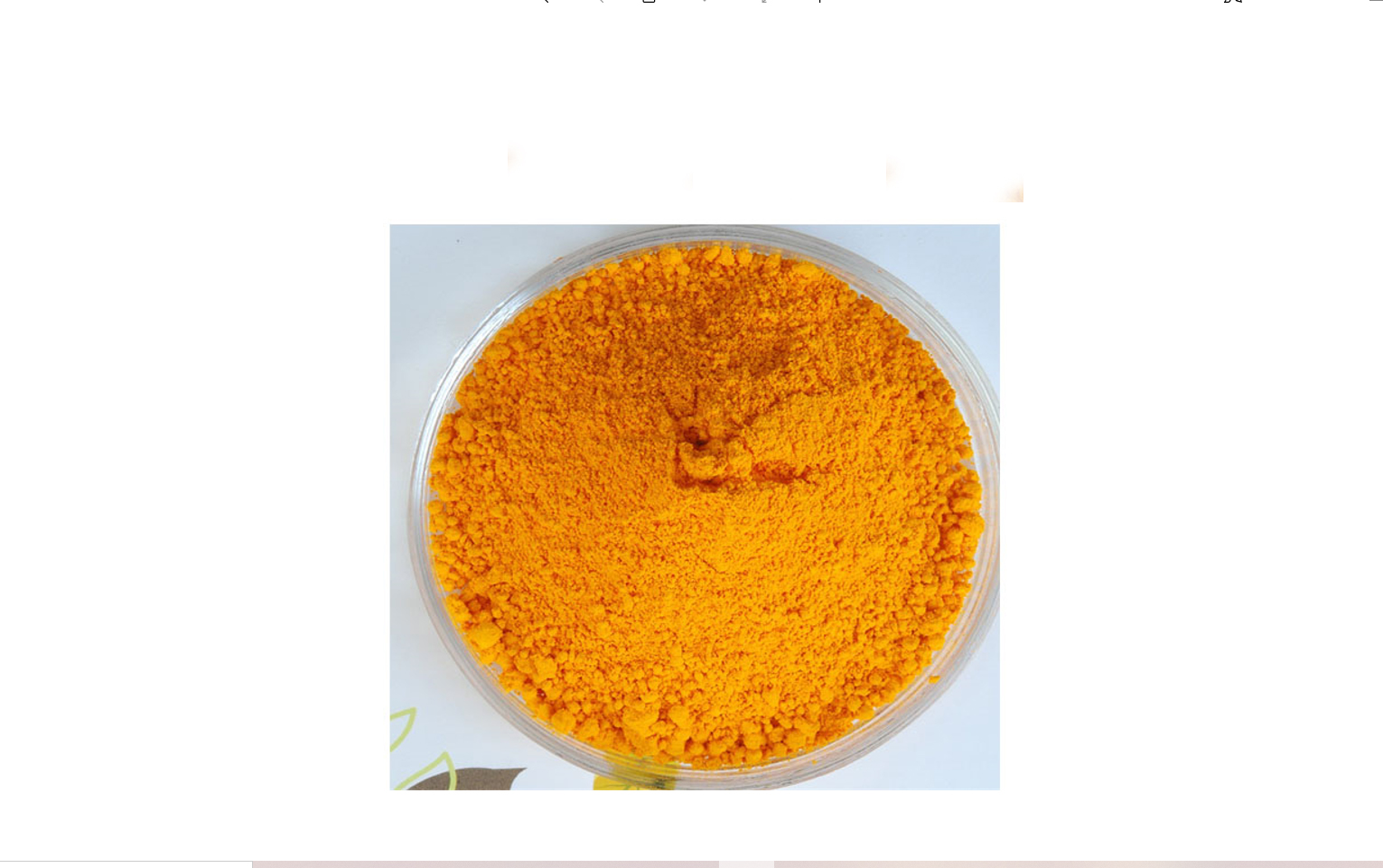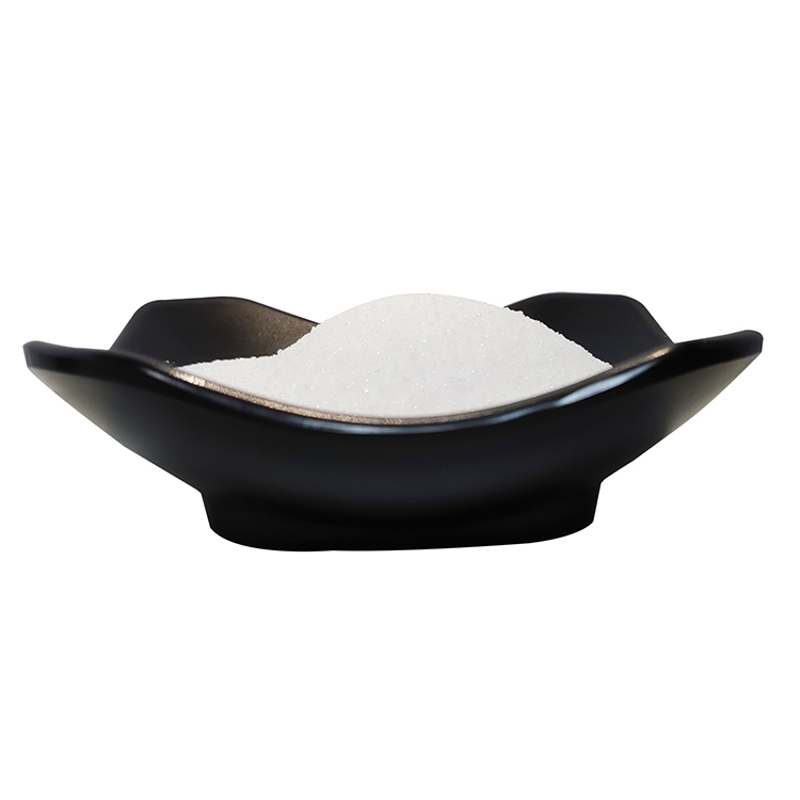-
Categories
-
Pharmaceutical Intermediates
-
Active Pharmaceutical Ingredients
-
Food Additives
- Industrial Coatings
- Agrochemicals
- Dyes and Pigments
- Surfactant
- Flavors and Fragrances
- Chemical Reagents
- Catalyst and Auxiliary
- Natural Products
- Inorganic Chemistry
-
Organic Chemistry
-
Biochemical Engineering
- Analytical Chemistry
-
Cosmetic Ingredient
- Water Treatment Chemical
-
Pharmaceutical Intermediates
Promotion
ECHEMI Mall
Wholesale
Weekly Price
Exhibition
News
-
Trade Service
Researchers at Columbia University and neurosurgeons have invented an implantable pump that safely and efficiently delivers chemotherapy drugs directly to the brains
of brain cancer patients.
A major barrier to treating brain cancer is not the cancer itself, but the brain itself
.
The blood-brain barrier is an important component of the blood vessels of the brain, which prevents toxins, viruses, and bacteria from invading the brain, but it inadvertently blocks most therapeutic substances
.
Nanoparticles, focused ultrasound, ingenious chemistry and other innovative ideas are trying to overcome this barrier and deliver treatment to the brain
.
Now, neurosurgeons at Columbia University and NewYork-Presbyterian are taking a more straightforward approach: a fully implantable pump that continuously delivers chemotherapy drugs
to patients through a tube inserted directly into the brain.
A new study tested the implantable pump system in brain cancer patients for the first time, and the results show that the new method effectively kills brain tumor cells, providing a safe way
to treat brain cancer patients.
The study was a phase I trial involving 5 patients with recurrent glioblastoma.
"This new approach has the potential to change the treatment of brain cancer patients, who still have very little chance of survival, although more testing
is needed for patients with early-stage tumors and patients with different types of chemotherapy.
" Jeffrey Bruce, MD, the Edgar M.
Jos Payne Professor of Neurosurgery Research at Columbia University's Vaglos College of Internal Medicine and Surgeons, a neurosurgeon at New York-Presbyterian/Columbia University Irving Medical Center, and senior author
of the study, said Jeffrey Bruce, MD.
Brain cancer patients first have surgery to remove as much of the tumor as possible, followed by radiation and chemotherapy
.
In theory, doctors could give patients a larger dose of chemotherapy — either drugs or intravenously — to overcome the blood-brain barrier and get more chemotherapy into the brain
.
But in high doses, these drugs can cause too many side effects to other parts of the body for patients to tolerate
.
Therefore, chemotherapy doses that can be safely given to patients with brain tumors
are always ineffective.
"Tumors inevitably grow back," said Bruce, who is also director
of the Bartoly Brain Tumor Research Laboratory at Columbia's Vaglos College of Surgeons.
"When they grow back, there is no effective treatment
.
"
The median survival for patients treated for glioblastoma was just over 12 months
.
Once a patient's tumor has recurred, their prognosis usually only takes about 4 to 5 months
.
Over the past decade, Bruce and his team have been working on a pressurized pump that bypasses the blood-brain barrier and directs chemotherapy directly to the area where the
brain tumor is located.
But early prototypes included an external pump connected to a catheter through the skull, allowing only a single treatment for a few days or risk infection
.
The patient must also remain in the hospital while even on the
pump.
To overcome this limitation, Bruce's team designed a new prototype that had no external parts and could sit there as long as needed
.
A small pump is surgically implanted into the abdomen and connected
to a long, thin flexible catheter with a thread under the skin.
Stereotactic imaging guides surgery to precisely place the catheter in the area of the brain where the
tumor and any remaining cancer cells are located.
"If you inject the drug very slowly, actually a few drops per hour, it penetrates into the brain tissue," said Bruce, who has tested the method extensively for the
first time in animal models.
"The concentration of drugs that end up in the brain is 1,000 times
higher than that of intravenous or oral drugs.
"
Similar implantable pumps can also be used to deliver painkillers to the spinal cord and stay in place for years
.
The pump can be replenished or drained
with a needle.
Wireless technology is used to control the switch and flow of the pump to ensure that the drug slowly penetrates into the tumor and saturates the tumor without leaking
around the catheter.
"Most drugs will be more effective
if you can give them for a long time without side effects," Bruce said.
"The pump can stay in place for a long time, so we can deliver higher doses of chemotherapy directly to the brain without the side effects
of oral or intravenous chemotherapy.
"
In the new study, these pumps were implanted into patients with recurrent glioblastoma and injected with toppotecan, a chemotherapy drug used to treat lung cancer, and gadolinium, a tracer that tracks the distribution of the drug
.
(Previous research by Bruce's lab has suggested that topical administration targeting actively dividing cells may be more effective
than current treatments for glioblastoma.
) )
These patients received four treatments in a month; Every week, the pump is on two days and off five days
.
The patient leads a normal life at home, while treatment continues, bit by bit
.
"The patients are walking, talking, eating, doing all their normal daily activities
.
They don't even know if the pump is on," Bruce said
.
None of the patients had serious neurological complications
.
An MRI scan showed that the chemotherapy had penetrated into the area
inside and around the tumor.
Although the number of patients was too small to detect an overall survival benefit, a unique pre- and post-treatment biopsy analysis overseen by Peter Canoll, M.
D.
, professor of pathology and cell biology at Columbia University and director of neuropathology at Presbyterian/Columbia University Irving Medical Center and senior author of the study, showed that chemotherapy was effective: the number of actively dividing tumor cells was significantly reduced, while normal brain cells were unaffected
.
New studies are being planned to determine whether the treatment is safe for newly diagnosed glioblastoma patients and whether it can improve survival
.
"A lot has happened to make tumors harder to treat when initial treatment fails, so we think the pump will work better for newly diagnosed patients
," Bruce said.
"This approach will give us the ability to change treatments over time and consider the use of other types of chemotherapy, which would not be effective if given systemically, but could be much
more effective if given directly to the brain.
"
Chronic convection-enhanced delivery of topotecan for patients with recurrent glioblastoma: a first-in-patient, single-centre, single-arm, phase 1b trial







